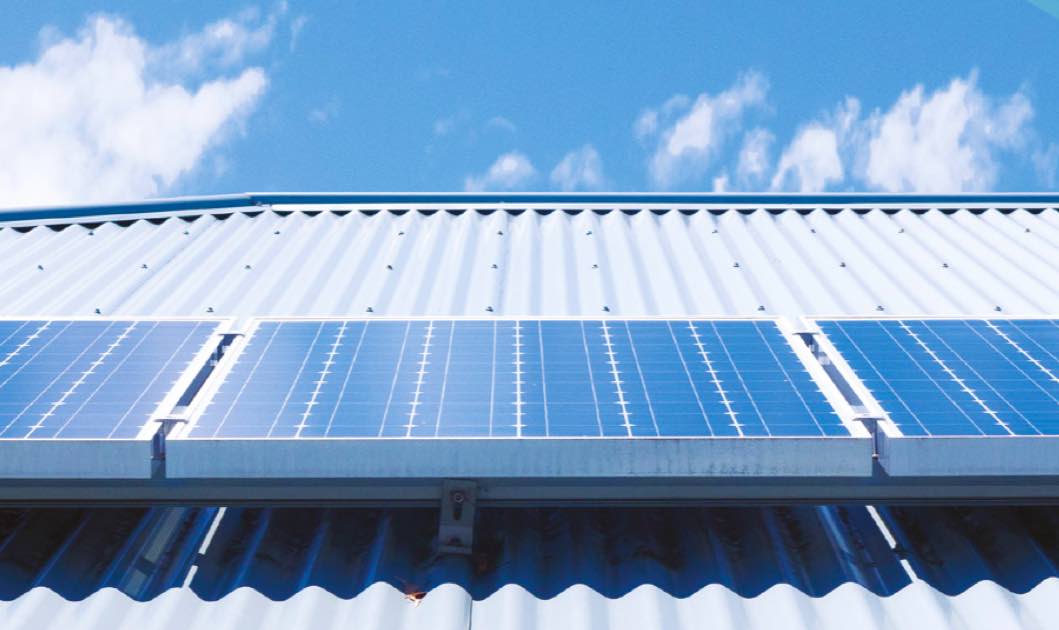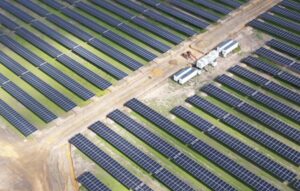Reneweconomy has reported on a study I released yesterday on the impacts of the proposed tax of rooftop solar exports to the grid, and which was also covered by the ABC TV’s 7.30 Report. In its article Reneweconomy sought the AEMC’s response to my study.
AEMC’s CEO, Ben Barr, is reported to have said the AEMC “stands by” the analysis in its Draft Determination. So what is it that the AEMC is standing by?
The facts are straight-forward and easy to follow.
In the only assessment of the impact of its Draft Determination on solar homes, AEMC presents the example of a solar home in Sydney with a 5kW PV system and that it says self-consumes 5 MWh per year.
The AEMC said that with its proposal, such a household could expect to pay $100 to inject its surplus solar production to the grid.
We know from the Clean Energy Regulator’s assessment of small scale certificates that an ideally oriented 5 kW solar system in Sydney can expect to produce 7.1 MWh per year.
Taking away the AEMC’s assumed 5 MWh self-consumption leaves 2.1 MWh injection to the grid. Dividing the AEMC’s assumed $100 charge by 2.1 MWh, gives an injection charge of 4.8 cents per kWh.
Mr Barr says he stands by his analysis. Good, so then the injection charge that the AEMC envisages is 4.8 cents per kWh. Or is it? Elsewhere in its Draft Determination the AEMC says the export charge is zero to 2 cents per kWh. Right, now what is that the AEMC says its (only) case study will pay: 0, 2 or 4.8 cents per kWh?
It can’t choose 0 or 2 cents because the AEMC said it will be charged $100 per year and 2 cents will only give a $42 injection charge. The only possibility therefore that is consistent with a $100 charge is 4.8 cents/kWh.
But elsewhere in its Draft Determination the AEMC says that it expects that the average network injection charge to all solar homes will be $78 per year. This works out to a price of about 4 cents per kWh or 4.8 cents per kWh (using median or average annual injection estimates).
So, then what is it that the AEMC claims solar homes will be charged (on average) to inject to the grid: 2, 4 or 4.8 cents/kWh?
Does this matter? Of course it does. We can fully expect median feed-in rates to decline to 5 cents per kWh or less from the middle of this year, in New South Wales, the ACT, South Australia and Queensland, reflecting the sharp decline in spot and contract wholesale prices.
They will be a little higher in Victoria (6.7 cents per kWh thanks to the recognition of emission benefits from distributed solar).
A network usage charge of around 5 cents per kWh will leave solar homes with nothing or next to nothing to show for their grid injections. A 2 cent per kWh charge will amount to a 40% reduction from what they would otherwise get.
In its Draft Determination and in its response to my report, AEMC rejects any suggestion that its suggested network charge (whatever it may be) will have any effect on households’ decision to invest in solar.
It comes to this conclusion by including the value that households get from self-consumption of their solar. Let’s leave to one side arguments over quantities and focus instead on the economic logic.
AEMC is saying that in deciding whether a generator should be required pay to use the network, the relevant criterion is the gain that the generator gets from its production.
Ok, fine, why then does this not apply this to Snowy 2.0 (which Snowy’s CEO reassures us will be fantastically profitable).
And surely we must bring in AGL, Origin, Energy Australia, Delta, Hydro Tasmania, Stanwell, Tarong, ERM, Infigen and so on into the mix – these have long been profitable companies, sometimes utterly spectacularly so (Delta Electricity, anyone?).
Why are they not being charged to use the transmission and distribution system?
AEMC has stressed that it is not setting the solar home injection charge – it will leave this to the distributors to determine following “negotiation” with its customers. This is naïve at best. If you were a monopoly threatened by customers increasingly seeking to self-supply what would you choose?
If you chose 4.8 cents / kWh you would be on firm ground: you can point to the AEMC having envisaged exactly that: what more would you need to say to governments or solar homes to make your case?
The AEMC is seeking a radical change to distribution access arrangements to allow distributors to set injection prices as they determine to be appropriate and subjected to no control beyond consistency with the distributors’ essentially self-determined “tariff structure statements”.
As I have documented here, here and here AEMC has not provided any evidence of a substantive problem that justifies the changes it has decided. And AEMC ignores the evidence that fixing the problem (whatever it may be) involves trivial amounts of expenditure.
AEMC sails past the obvious distortion it will introduce by charging small retail customers (whose production is close to loads) to inject to the grid, but leaving large distant producers to ride for free. What do you think of this?
And now we can see AEMC’s own claims of what they actually suggest households should expect to pay, is internally inconsistent. When challenged on it, AEMC double-downs with high-handed dismissal. Make of this what you will.
Professor Bruce Mountain is director of the Victoria Energy Policy Centre








